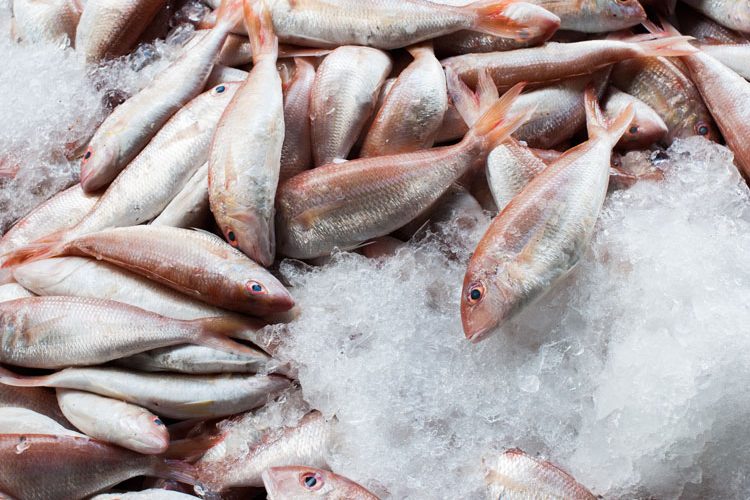Seafood partners wanted for vital money-saving research
- Like
- Digg
- Del
- Tumblr
- VKontakte
- Buffer
- Love This
- Odnoklassniki
- Meneame
- Blogger
- Amazon
- Yahoo Mail
- Gmail
- AOL
- Newsvine
- HackerNews
- Evernote
- MySpace
- Mail.ru
- Viadeo
- Line
- Comments
- Yummly
- SMS
- Viber
- Telegram
- Subscribe
- Skype
- Facebook Messenger
- Kakao
- LiveJournal
- Yammer
- Edgar
- Fintel
- Mix
- Instapaper
- Copy Link
Posted: 1 October 2020 | New Food | No comments yet
The UK industry research body Campden BRI is calling for fish and seafood producers to collaborate in important new research that could save the industry considerable expense.


Campden BRI is looking for partners to help with new research that aims to revise established standards in order to increase the shelf life of fresh fish and seafood.
The organisation believes this could save producers and retailers millions of pounds in wasted food by extending shelf life by a day or even more.
Campden BRI microbiologist Greg Jones, who is leading the project, said: “This research will focus on whether existing standards for assessing shelf life are overly cautious. When it comes to shelf life, fish and seafood are renowned for being highly perishable, but it’s still quite possible that current rejection thresholds for levels of microorganisms are set unrealistically low, leading to significant wastage and cost. We’ll be undertaking microbiological, chemical and sensory testing to see if reviewing these standards can achieve improved shelf life without compromising product safety.”
The scientists are looking for fish and seafood producers, and retailers, to work with them on the project so that they can undertake investigations and analyses on a comprehensive range of products.
Research aims to reduce wasted seafood
In 2011, WRAP – the Waste and Resources Action Programme – estimated that 1.2 percent of fishery produce was wasted, representing a cost to retailers alone of £12 million. Currently, the majority of retailers apply microbiological specifications, as indicators of quality, to the raw seafood they sell from suppliers (fish, prawns and shellfish). Feedback from producers suggests that the upper limits in these specifications are currently set too low to take account of the natural levels of microflora in fish and seafood.
This suggests that those levels can potentially be exceeded even at the very start of shelf life, despite the food being safe and organoleptically acceptable. Consequently, perfectly safe and acceptable valuable produce is being unnecessarily discarded and wasted.
Commenting on the accuracy of these microbiological limits, Jones said: “Natural flora of seafood may already be at a higher level than that permitted by the specifications. If the evidence justifies a review of these specifications, by correlating sensory data with plate counts, the benefits to producers and retailers will be considerable – allowing safe food to be stored for a longer time. Consequently, it will also reduce environmental and financial impacts through reduced waste.”
The research will begin in November 2020 and run for a year. It will involve suppliers and retailers from across the fish and seafood sector providing a range of products for testing.
Related topics
Food Safety, Food Waste, Lab techniques, Packaging & Labelling, Quality analysis & quality control (QA/QC), Regulation & Legislation, Research & development









